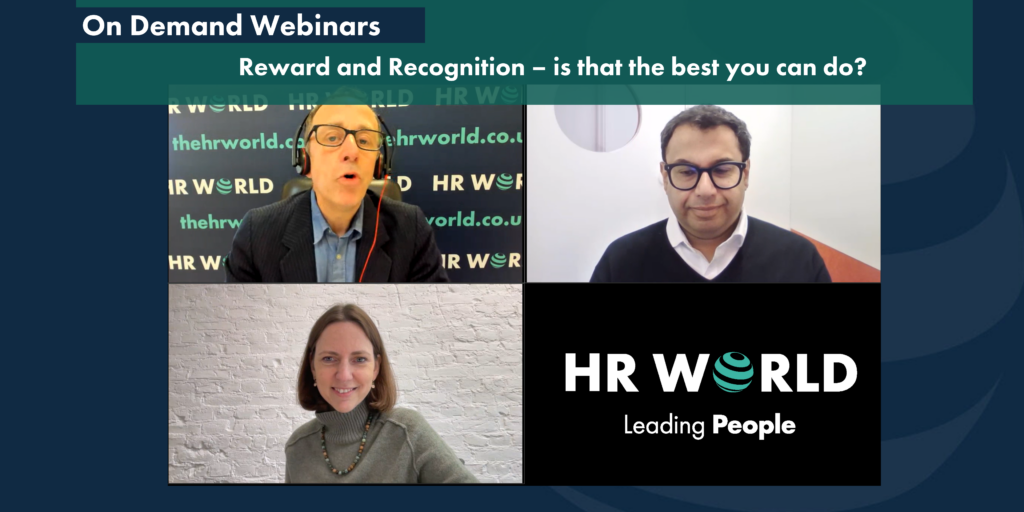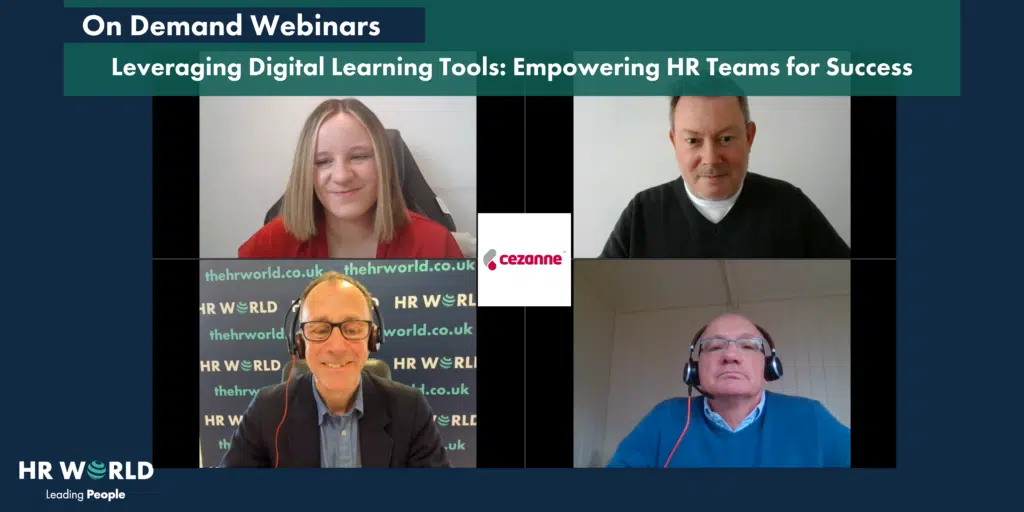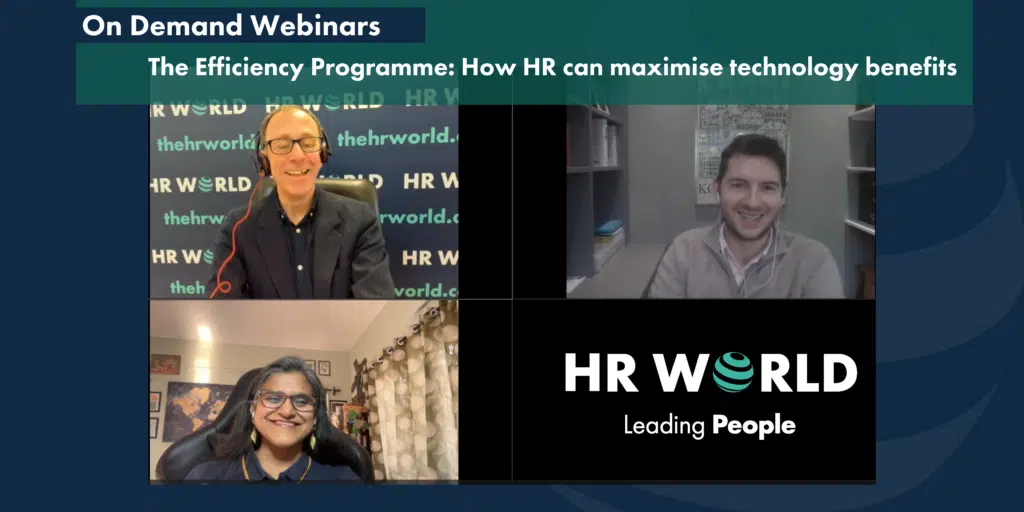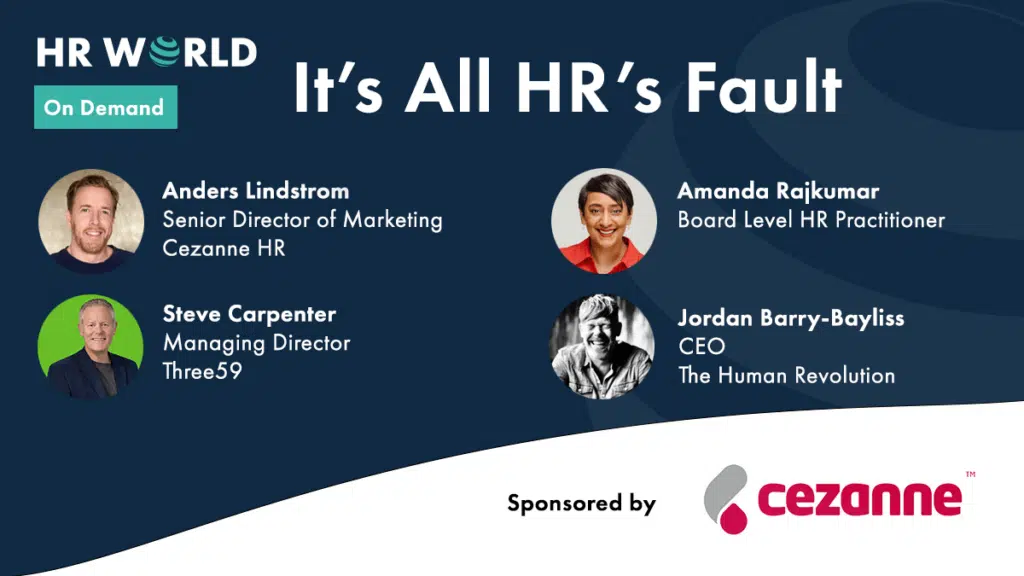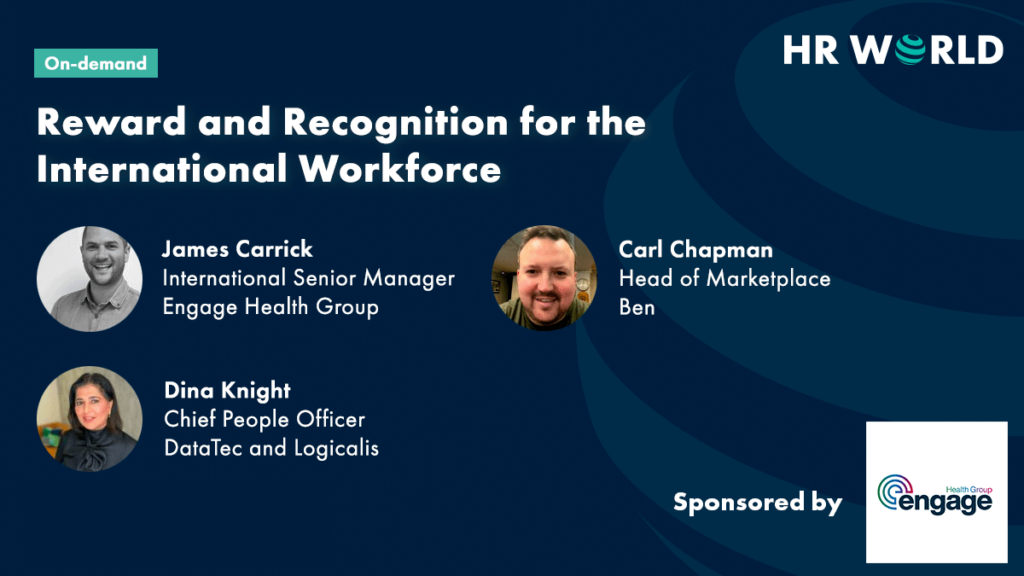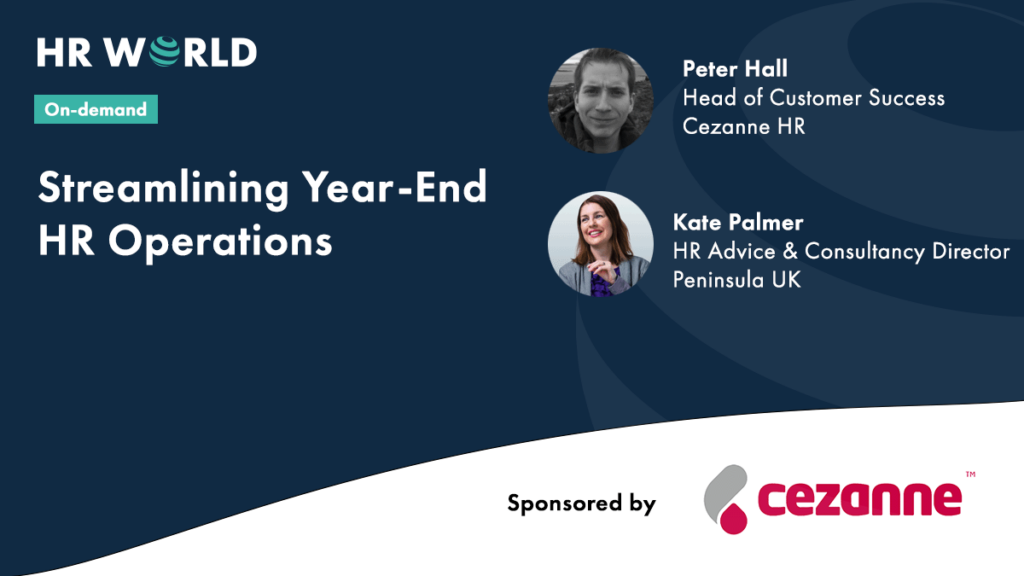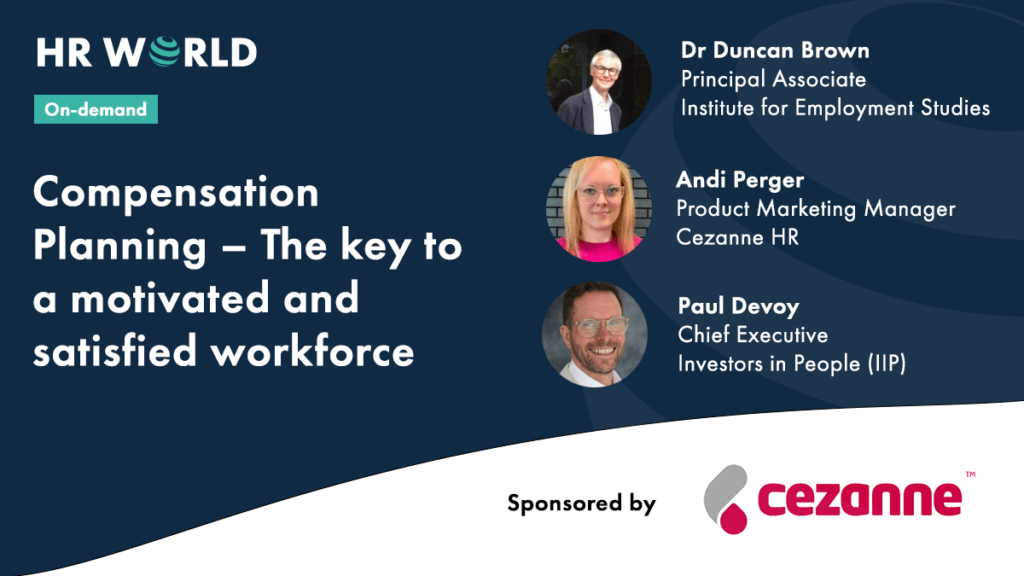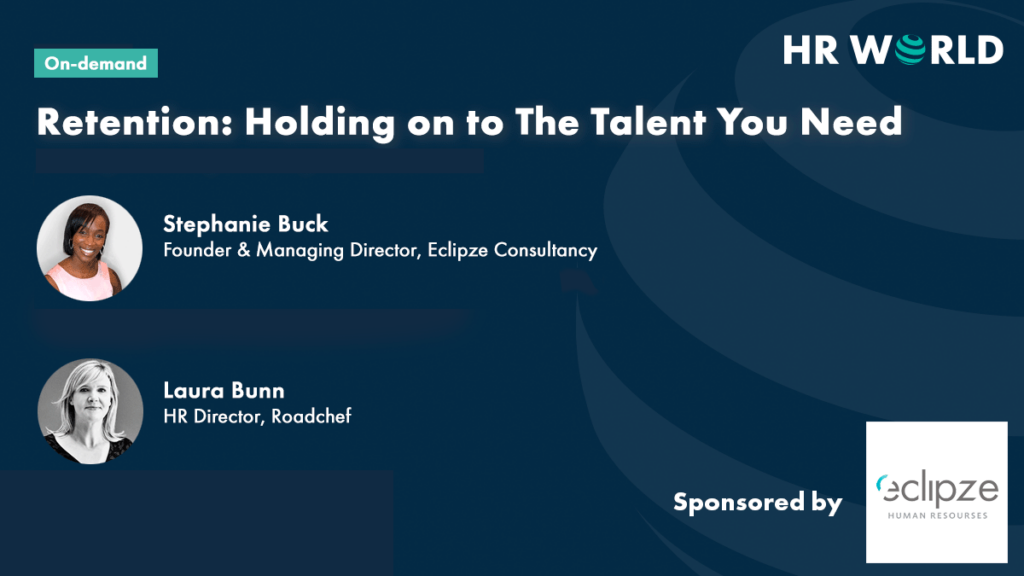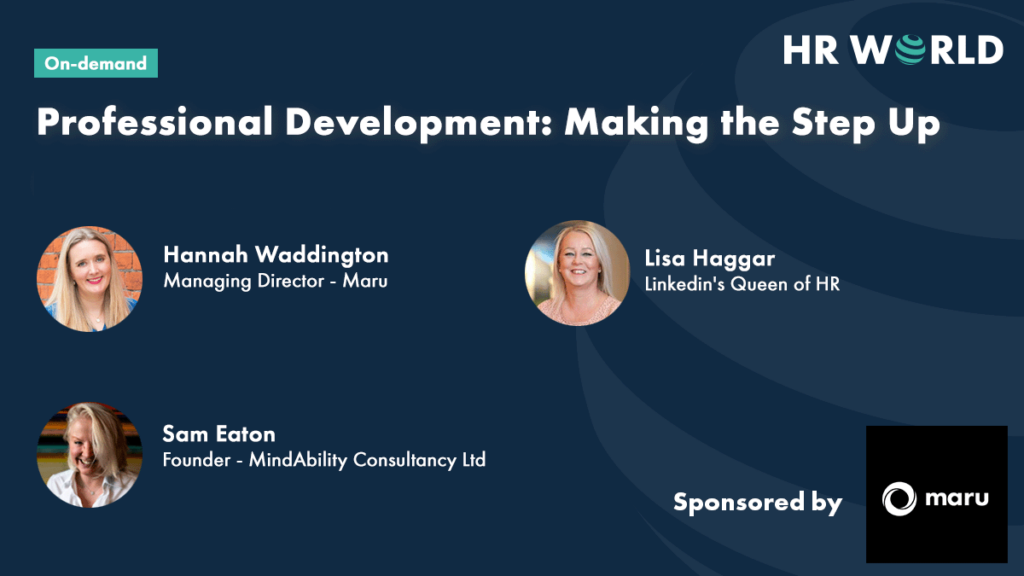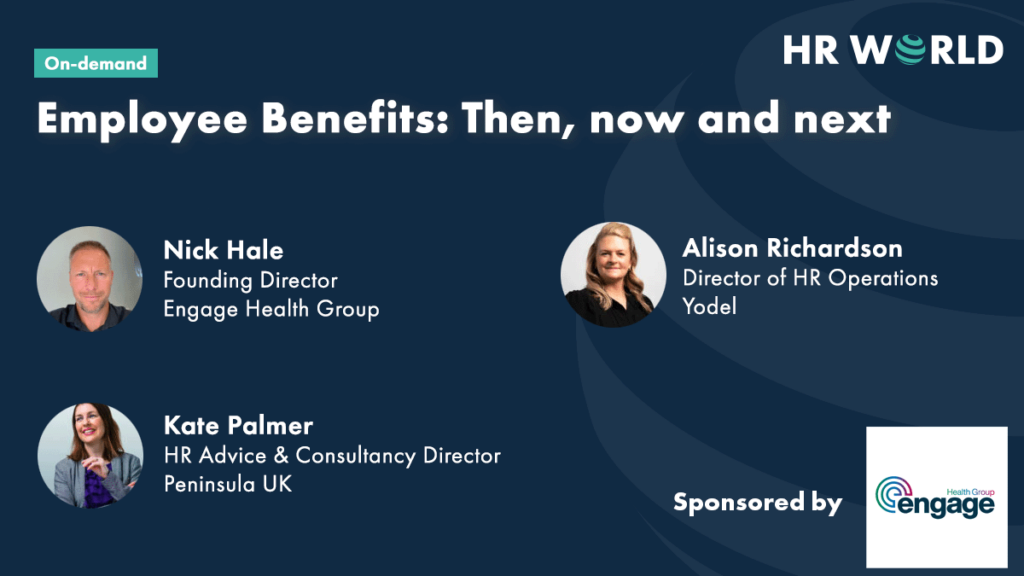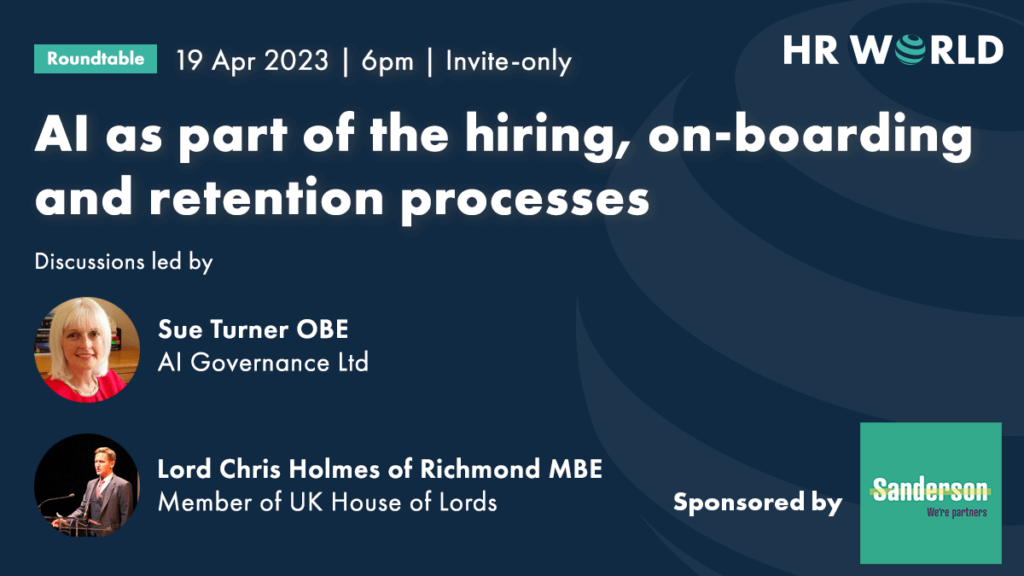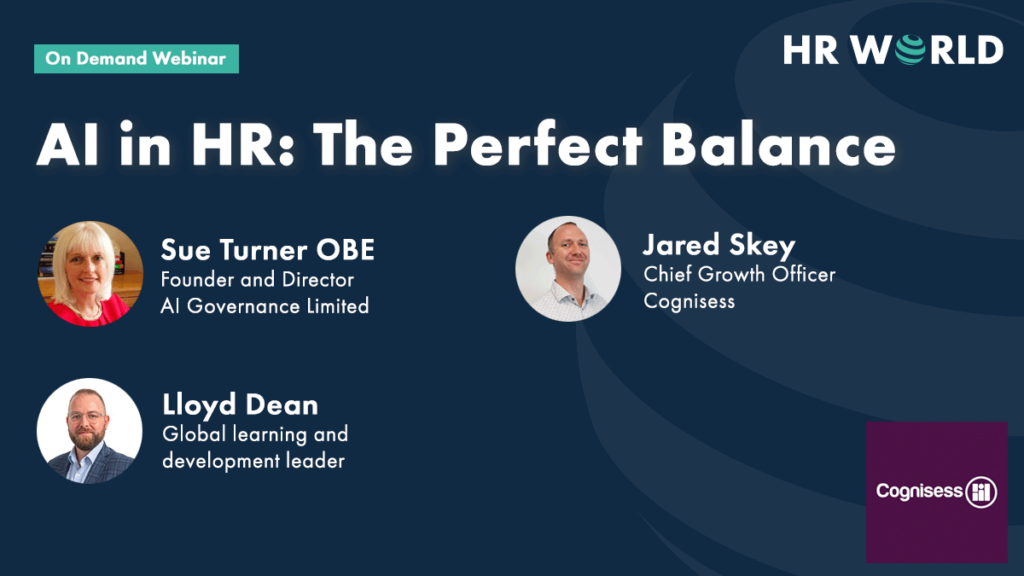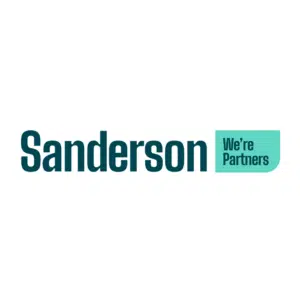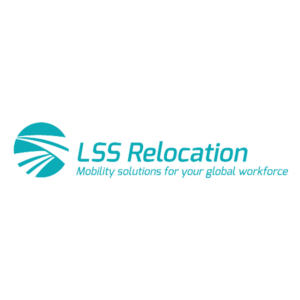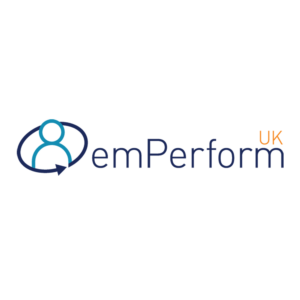Home » Knowledge Hub » Talent Acquisition » Bringing In Value
Bringing In Value
17 April 2024 Talent Acquisition

Story by
Danielle Le Breton HR Director, Lanes Group

Danielle Le Breton, HR Director at Lanes Group asks how HR can enhance talent acquisition.
In today’s competitive job market, the ability to attract premier talent is vital for a company’s competitive edge. Talent acquisition is about more than filling vacancies – it is a strategic component critical to a company’s future.
HR professionals face the task of developing a dynamic, forward-thinking acquisition strategy. This involves understanding the current state of the jobs market within the company’s field, forecasting future organisational needs, building an appealing employer brand, and executing an efficient, engaging recruitment process.
Enhancing recruitment practices is central to HR strategy and improving the day-to-day experience of employees. Our goal is to become a preferred employer and thereby foster organisational growth and success. In the following guide, we offer insight into how we facilitate and retain professionals who fit our brand.
Strategic Goals for Effective Talent Attraction
Effective talent attraction requires aligning strategic objectives with the company’s mission and market trends. Essential goals include:
- Creating a sustainable recruitment strategy that balances internal development and external talent acquisition.
- Engaging in proactive workforce planning to identify future roles and skills, thus enabling targeted recruitment aligned with business strategies.
- Improving assessment and recruitment methods to ensure efficiency and positivity, adaptable to organisational changes.
- Innovating recruitment internally to diminish dependence on external agencies and strengthen in-house capabilities.
With these goals, a company can show itself off as an ideal workplace, promoting career development and personal growth for current and future employees.
Concrete HR Strategies for Talent Attraction
This strategy requires more than advertising the company as a good place to work, however. To achieve these goals, the company will need to act on its promises, truly offering the benefits advertised to its new and existing employees. To do so, the HR team should implement the following:
- Diverse and comprehensive assessment methods.
- Scenario-based assessments to evaluate practical skills.
- Improved talent referral programmes.
- Creation of talent pools for strategic roles.
- Feedback surveys for recruitment process improvement.
- Training for managers on effective hiring practices.
- A ‘Pause, Think, Reflect’ strategy for inclusivity in team building.
- Enhanced onboarding experiences.
- Adaptive recruitment models tailored to role specifics.
- Training for managers on recruitment legalities.
- Leadership personality profiling for better team dynamics.
These actions constitute a comprehensive approach to streamline and improve the recruitment cycle.
Measuring Talent Acquisition Success
To measure the success of our talent acquisition operations, we look at the following metrics:
- First-time fill rate to gauge strategy effectiveness.
- Time to offer, indicating process efficiency.
- Candidate quality assessments post-hire.
- Data from satisfaction surveys for employees and managers.
- Retention rates to measure long-term success.
- Diversity metrics to reflect inclusivity efforts.
- Cost per hire to evaluate financial efficiency.
- Referral hires indicating internal programme success.
- Applicant pool quality assessing employer branding effectiveness.
Monitoring these indicators helps HR fine-tune strategies and demonstrate their impact on company goals.
Benefits of Effective Talent Acquisition for Businesses
Hiring the right talent directly contributes to increased productivity and innovation within the company. Skilled and motivated employees bring fresh perspectives, leading to innovative solutions and improved work processes. It can also improve a company’s employer brand, making it more attractive to potential candidates. This eases the recruitment process and can position the company as an industry leader.
Effective talent acquisition strategies align employee skills and company culture, leading to higher job satisfaction and, consequently, increased employee retention rates. This reduces the costs and disruptions associated with high staff turnover. With the right people, a company can gain a competitive edge in its market. Skilled employees can drive better business outcomes, from enhancing service quality to increasing market share.
Cultural alignment and diversity are increasingly important in today’s jobs market, for both workers and companies. New employees should fit well with the company culture while also enhancing workforce diversity. This leads to a more inclusive, dynamic, and innovative work environment.
By anticipating future needs and acquiring talent accordingly, businesses can stay ahead of industry trends and challenges. This forward-thinking approach ensures the company remains relevant and competitive.
HR’s role in talent acquisition is crucial, balancing strategic foresight with adaptive responses to market changes. Effective talent acquisition not only fills roles but aligns new hires with the company’s culture and objectives, driving sustained organisational success.




